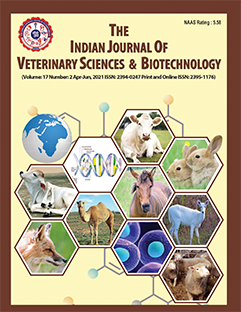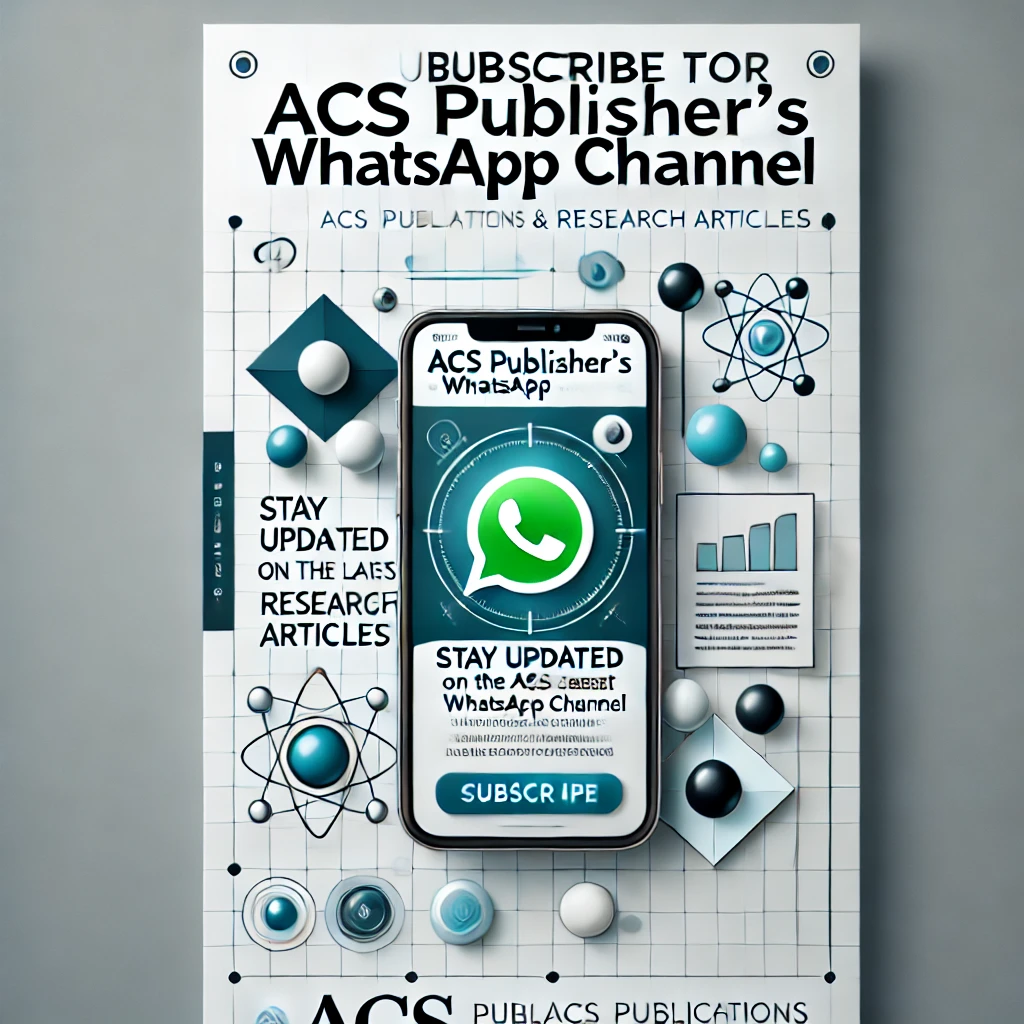Exploring the Intricacies of Skull Anatomy of Common Crow (Corvus splendens)
DOI:
https://doi.org/10.48165/ijvsbt.21.3.22Keywords:
Common crow, Corvidae, Neurocranium, Viscerocranium, Skull anatomyAbstract
The present study was conducted on skull bone of common crow (Corvus splendens) to understand the gross morphological anatomy of the bones and its articulations in depth. The Common crow’s carcasses were brought to the department of Veterinary Anatomy of the Institute, and bones were collected after maceration. The skull of common crow was composed of 11 paired and 6 unpaired bones. Occipital, sphenoid, ethmoid, mandible, vomer and hyoid bones were unpaired. Temporal, parietal, frontal, lacrimal, nasal, premaxilla, maxilla, zygomatic, palatine, quadrate and pterygoid bones were paired. The skull of common crow lacked interparietal bone. The bones were divided as neurocranial and viscerocranial groups. Skull length, skull width, height of cranium, viscera-cranial length, upper beak width, lower beak length and lower beak width were measured and skull index, cranial index, facial index and foramen magnum index were calculated. The findings of this study would be a reference material for the upcoming researches on Corvidae family.
Downloads
References
Choudhary, O.P., Priyanka, Kalita, P.C., Arya, R.S., Rajkhowa, T.K., Kalita, A., Doley, P.J., & Keneisenuo (2020). Morphometric and radiographic characteristics of the skull in crested serpent eagle (Spilornischeela) and brown wood owl (Strix leptogrammica). Indian Journal of Animal Research, 55(4), 426-432.
Elshaer, F.M. (2019). Comparative morphometric studies of the cranium in the three types of birds with different feeding behaviours. Egyptian Academic Journal of Biological Sciences, B. Zoology, 11(1), 47-57.
Evans, D.J., & Noden, D.M. (2006). Spatial relations between avian craniofacial neural crest and paraxial mesoderm cells. Developmental Dynamics: An Official Publication of the American Association of Anatomists, 235(5), 1310-1325.
Gussekloo, S.W., Vosselman, M.G., & Bout, R.G. (2001). Three dimensional kinematics of skeletal elements in avian prokinetic and rhynchokinetic skulls determined by Roentgen stereophotogrammetry. Journal of Experimental Biology, 204(10), 1735-1744.
Hassan, S., & El-Sayed, A.K. (2018). Gross anatomy of the celiac, cranial mesenteric and caudal mesenteric arteries in Hooded crow.Journal of Veterinary Anatomy, 11(2), 41-55
John, M.A., Baba, M.A., Khan, M., & Sasan, J.S. (2016). Anatomical studies on the skull of crow (Corvus splendens). International Journal of Scientific Research, 5(2), 189-193.
Kumar, P., & Singh, G. (2014). Gross anatomy of axial skeleton in emu (Dromaius novaehollandiae). Indian Journal of Veterinary Anatomy, 26(2), 87-91.
Kumar, S., Verma, R., Rai, A.M., & Mehra, R.D. (2017). Morphological and morphometric analysis of hypoglossal canal in north Indian dry skulls and its significance in cranial base surgeries. Journal of Clinical and Diagnostic Research, 11(3), AC08.
Moselhy, A.A., Mohamed, S.K.A., & El-Ghazali, H.M. (2018). Anatomical features of bones and bony cavities of the ostrich skull (Struthio camelus). International Journal of Anatomical Research, 6(2-3), 5390-5398.
Nickel, R., Schummer, A., & Seiferle, E. (1977). Anatomy of the Domestic Birds. Edition I, Verlag Paul Parey, Berlin, German Federal Republic, pp. xii, 202.
Nyari, A., Ryall, C., & Peterson, Townsend A. (2006). Global invasive potential of the house crow Corvus splendens based on ecological niche modelling. Journal of Avian Biology, 37(4), 306-311.
Singer, E. (2015). How dinosaurs shrank and became birds. Quanta Magazine, June 2, https://www.quantamagazine.org/how birds-evolved-from-dinosaurs-20150602
Sridevi, P., Rajalakshmi, K., Siva Kumar, M., & Karthikeyan, A. (2020). Comparative gross anatomical studies on the neurocranium of Indian eagle owl, flamingo and common crow. Journal of Experimental Zoology India, 23(2), 1067-1071.
Winkler, H., Leisler, B., & Bernroider, G. (2004). Ecological constraints on the evolution of avian brains. Journal of Ornithology, 145,
238-244.
Downloads
Published
Issue
Section
License
Copyright (c) 2025 Indian Journal of Veterinary Sciences and Biotechnology

This work is licensed under a Creative Commons Attribution-NonCommercial-NoDerivatives 4.0 International License.




